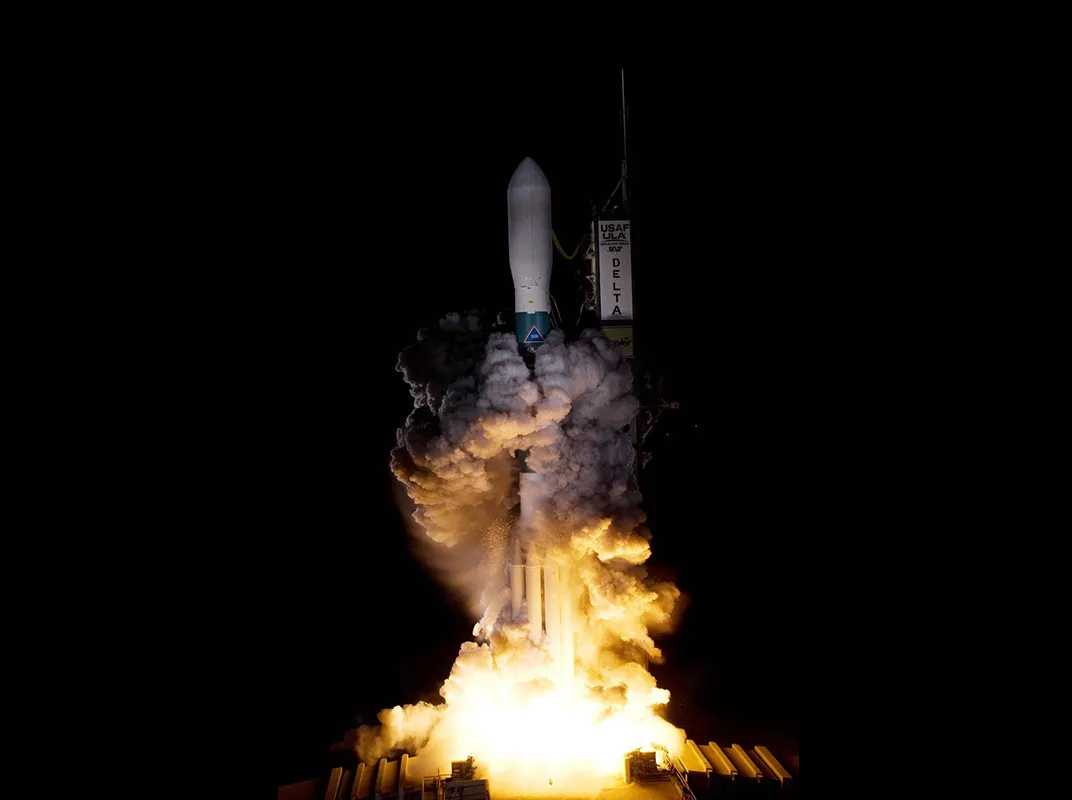Opening the Space Race to the Entire World
A new era of collaboration and affordable technology has scientists across the globe sending spacecraft into outer space
Since the launch of the Kepler Space Telescope in 2009, astronomers have discovered at least 2,327 planets orbiting stars outside our solar system. Despite failures of parts that have made it impossible for scientists to point the telescope accurately, the mission has been a great success for NASA. That’s a relief, because Kepler has a budget greater than the gross domestic product of some small nations.
NASA, the European Space Agency and other large space-faring organizations have decades of such missions and discoveries under their belts, from Sputnik to Juno. But with costs sometimes exceeding hundreds of millions of dollars per mission, space exploration been out of reach for most nations. And if scientists in a small country such Israel or Malaysia wanted to send a mission to the moon, they were often out of luck if they couldn’t partner with one of the big agencies.
But the race for space is becoming democratized. Thanks to miniaturization and other technologies making space exploration more affordable, now “anyone can get involved,” said Anita Heward of Europlanet 2020 during a session at the Euroscience Open Forum in Manchester, England on July 26.
Heward is the communications manager for the adorably named Twinkle mission, led by University College London, which will study exoplanet atmospheres after launching in 2019. But while Twinkle may share its exoplanet target with Kepler, any similarities end there. Kepler cost some $600 million, all of which came from the U.S. government through NASA. Meanwhile, Twinkle’s budget is just a fraction of Kepler’s: around $65 million, which Twinkle’s website says “will come from a combination of public and private sources.”
And rather than engineering new scientific instruments, Twinkle will be built with components that have already been invented for other missions. Working with a British satellite company, “we’re taking one of their platforms which is already existing and simply flipping it 180 degrees,” says Marcell Tessenyi, a UCL astronomer who is working on the mission. UCL scientists will then add their own instruments to measure light and infrared radiation. By studying the wavelengths that are missing from exoplanets, researchers can determine the composition of their atmospheres.
Such small missions will be necessarily limited, and they won’t be able to replace of large endeavors by NASA, ESA and others. But they can augment and add value to larger missions, noted Eike Kircher of the ESA in the Netherlands. This is “the icing on the cake, or the salt in the soup,” he says, “the things that would improve the very big missions that would otherwise be impossible to do.” For instance, Tessenvi says Twinkle is making data from that mission public—meaning researchers around the world will be able to make discoveries with the Twinkle mission.

One way for small countries that don’t have space agencies of their own to become involved in this type of research is through the use of CubeSats, mini satellites that can be built with off-the-shelf technology. Right now, NASA is planning a spacecraft suicide mission that will test whether we can change the direction of an asteroid by crashing something into it. The Double Asteroid Redirection Test (DART) spacecraft will be sent on a collision course with the Didymos asteroid—with the ESA’s Asteroid Impact Mission (AIM) spacecraft watching along with five or six tiny CubeSats. (The final set of CubeSats have yet to be chosen, but ESA is considering proposals from scientists in Belgium, Finland, Italy and Sweden.)
The cost of getting a spacecraft off Earth remains a significant barrier to space exploration, noted Alan Wells, a space researcher at the University of Leicester in England and a judge for Google’s Lunar X Prize competition. After 50 years of trying, scientists have yet to successfully invent a single-stage launcher that could easily and cheaply send spacecraft into space, he said. Getting a CubeSat into near-earth orbit only costs about $19,000, but the price goes up significantly for larger instruments.
Ridesharing—sending up multiple spacecraft on a single launch—can help to control costs, as can technologies that reduce payload mass, but “launch costs dominate this whole exploitation of space for the future,” he says. In the Google Lunar X Prize competition—which will award teams that successfully send a lunar rover to the moon, drive it 500 meters and send back pictures and video to Earth—only two teams out of 16 have managed to secure launch contracts.
Finding funding sources is a challenge for space scientists working in smaller countries, said the University of Latvia’s Amara Graps, who, at the forum, called herself the only planetary scientist in Latvia. Some have suggested crowdsourcing, but she wondered whether that would be practical for the more than $3 million budget she requires for a CubeSat project to measure the planet’s albedo, or reflectiveness. Crowdfunded CubeSats have been sent into space in the past, but even Bill Nye raised only $1.24 million for his LightSail.
While scientists, engineers and even students are now able to explore space, at least in limited capacities, there is still a need for NASA and other big space agencies. From a practical standpoint, space environment is a tough one that is hard on technology, and spacecraft need to be engineered properly to survive in that. Scientists are always asking bigger and bigger questions—which will require bigger, more expensive instruments to answer. And collaboration between nations and space programs require leadership that only the bigger agencies can provide, said Kircher.
But the future may see ESA, NASA and those other big agencies lose some of their dominance, Kircher said, as more and more smaller agencies, organizations and schools get involved in exploring the great unknown that is space.
/https://tf-cmsv2-smithsonianmag-media.s3.amazonaws.com/accounts/headshot/Sarah-Zielinski-240.jpg)


/https://tf-cmsv2-smithsonianmag-media.s3.amazonaws.com/accounts/headshot/Sarah-Zielinski-240.jpg)